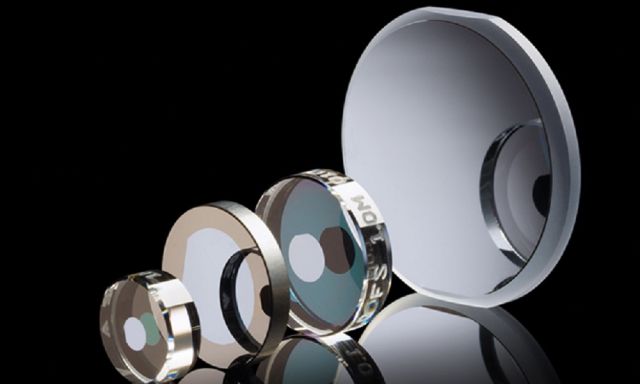CSOI: Beyond silicon-on-insulator photonics
Optica's Optics & Photonics News cover article on UCSB/Thorlabs Crystalline Solutions R&D

Lin Chang, Garrett D. Cole, Galan Moody and John E. Bowers
Compound semiconductor on insulator—an emerging, potentially revolutionary platform—is enabling radically new photonic devices with superb functionality.
The microelectronics revolution was built on a foundation of monocrystalline silicon wafers, the platform on which nearly all integrated logic devices have been fabricated. And advances in semiconductor manufacturing, as well as the availability of high-purity and high-structural-quality base materials, have enabled significant progress in advanced photonics.
One particular extension of traditional microelectronics technology, so-called silicon-on-insulator (SOI) wafers—originally developed some 30 years ago for high-voltage switching and microwave devices—has emerged as an indispensable tool for modern optics. SOI wafers, rather than relying on a continuous bulk silicon structure, consist of a thin layer of crystalline silicon transferred onto an oxidized silicon handle substrate. The platform’s compatibility with CMOS infrastructure has allowed commercially available photonic integrated circuits (PICs) to be realized on SOI wafers, and scaled up to 300-mm diameter for high-volume production.
Yet, successful as SOI has been, the field is ripe for advancement. Beyond silicon, there is a spectrum of alternative crystalline materials—compound semiconductors, an important subset of which are formed from combinations of Group III and Group V elements on the periodic table. As we discuss in this feature, novel combinations of III–V materials and insulators, integrated onto low-index base material—a platform that we call compound semiconductor on insulator (CSOI)—have the potential to enable radically new devices with enhanced performance. The devices range from surface-normal optical interference structures for precision metrology, to high-performance transceivers relevant to datacom applications, to, ultimately, nonclassical light sources that will power the next generation of integrated quantum photonic technologies.